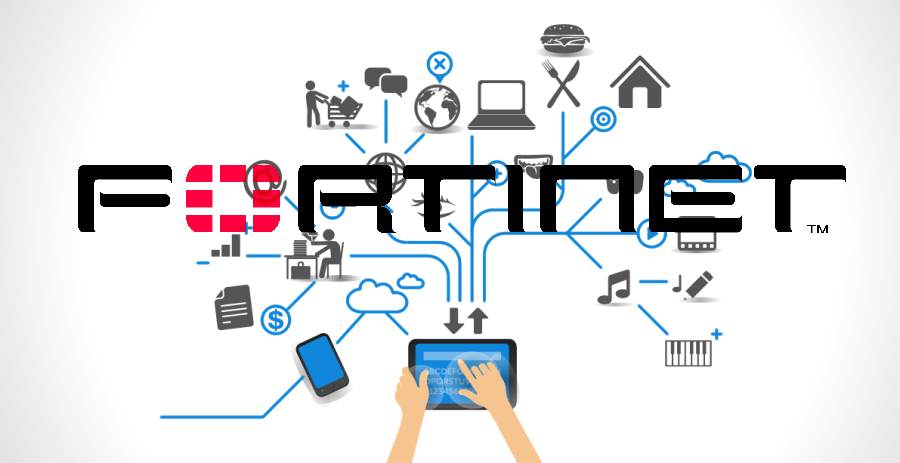California-based company Fortinet, an industry leader in cyber security, launched a new version of their FortiOS today at the Accelerate 2017 conference in Las Vegas.
FortiOS, version 5.6, improves upon foundations laid on Fortinet’s Security Fabric vision and extends it to all of the company’s available products.
The Sunnyvale enterprise sells business and network related hardware and software for internet protection.
Fortinet also added that their OS’s new version has a revamped user interface, better security recommendations, and an open API ecosystem.
Fortinet looks to work with IoT devices as well
A blog post, also from today, added that Fortinet wants to lay “the groundwork for an Internet-based future, arming the Security Fabric with unprecedented visibility and responsiveness across physical and virtual networks.”
These systems include “global IT and security operations, corporate devices and IoT,” later scaling to all points of the Cloud. Fortinet’s plan is to improve safety from the source of the network, virtually offer the same impenetrable protection in all devices, all the time.
The company’s vision also bases itself on Intent-based networking, described as system design with a focus on autonomous technologies and computer intelligence, which will most likely prove essential in defending the general public from cyber attacks.
Fortinet also unveiled their Security Operations Solution, comprised of three distinct applications. The FortiSIEM (Security Information and Event Management), FortiManager, and FortiAnalyzer.
All of these tools roll out as state-of-the-art technology for large networks to combat incoming threats, such as DDoS attacks, phishing, ransomware, and any other similar threats.
The business and IoT world are in dire need of better cybersecurity
Following the wave of large-scale DDoS attacks that took place last year, tech websites and cyber security experts have put the blame on certain manufacturers that seem to care little for digital safety standards.
Both the massive cyber attack on the Dyn platform and the online invasion of Brian Krebs’ official blog could not have been carried out without internet-connected everyday devices like printers, cameras, and other products. In essence, the Internet of Things, or IoT.
When KrebsOnSecurity went back online, the veteran journalist published a list on October 3, a few weeks before Dyn’s DDoS attack. The list included products from brands like Xerox, ZTE, Toshiba, and others.
The article also added the malware used to carry out this attack (dubbed ‘Mirai’) continuously scanned the web for IoT devices with default usernames and passwords, which prompted concerns over these companies security protocols.
Fortinet is using these events as background to build a stronger, and more connected networking system that might help prevent similar attacks in the not-so-far future.
Source: Fortinet



